ASRock 939SLI32-eSATA2: ULi Dual x16 SLI
by Gary Key on March 2, 2006 12:15 PM EST- Posted in
- Motherboards
Basic Features: ASRock 939SLI-32 eSATA2
The ASRock 939SLI32-eSATA2 is a member of the Socket 939 Series product family and is a value-based board targeted towards the enthusiast user. The board ships with an accessory package that includes the standard assortment of IDE/SATA cables and power connectors. ASRock also includes an extensive driver CD along with desktop utilities.
| Specification | ASRock 939SLI32-eSATA2 |
| CPU Interface | 939-Pin Socket supporting AMD Athlon 64 / 64FX / 64X2 |
| Chipset | ULi M1695 - North Bridge ULi M1697 - South Bridge |
| Bus Speeds | 150MHz ~ 400MHz in 1MHz increments |
| CPU Clock Multiplier | Auto, 4x ~ 25x in 1x increments |
| Memory Speeds | Auto, 133MHz, 166MHz, 200MHz |
| PCI Bus Speeds | Auto, Sync with PCI-E, 33.33MHz ~ 37.50MHz variable speed |
| PCI Express Bus Speeds | Auto, 75MHz ~ 200MHz in various increments |
| HT Multipliers | Auto, 200MHz, 400MHZ, 600MHz, 800MHz, 1000MHz |
| HT Link Speed | Auto, 8-bit, 16-bit |
| Core Voltage | Auto, 0.800V to 1.400V (in 0.025V increments), (max voltage dependent upon CPU) |
| DRAM Voltage | Auto, 2.55V, 2.6V, 2.7V, 2.8V (Low, Normal, High, Ultra) |
| Chipset Voltage | Auto, 2.10V, 2.20V (Normal, High) |
| Memory Slots | (4) x DIMM, max. 4GB, DDR 400/333/266, non-ECC, un-buffered memory, Dual Channel Operation supported. |
| Expansion Slots | (2) x PCI-E x16 (each slot operates in 1x16 mode) (1) x PCI-E x4 (operates in x1 or x2 mode) (3) x PCI 2.2 (1) x AM2 CPU port |
| Onboard SATA | ULi M1697: (4) x SATA II , (2) eSATA II (shared with SATA II) |
| Onboard IDE | ULi M1697: (2) x UltraDMA 133/100/66/33 |
| SATA/IDE RAID | ULi M1697: (4) x SATA II RAID 0, RAID 1, RAID 0+1, RAID 5, JBOD |
| Onboard USB 2.0 | (8) USB2.0 ports (four ports, two headers for four more ports) |
| Onboard LAN | Realtek RTL8111B PCI-E 10/100/1000Mb/s LAN - PHY |
| Onboard Audio | Realtek ALC-660, 5.1 channel capable HD Audio Codec |
| Onboard Firewire | TI TSB43AB22 IEEE 1394 chipset - 1394A capable |
| Power Connectors | 20-pin ATX 4-pin ATX 12V 4-pin 12V SLI |
| Back Panel I/O Ports | 1 x PS/2 Keyboard 1 x PS/2 Mouse 1 x Parallel (ECP/EPP) 1 x Serial (COM1) 1 x Audio I/O Panel 1 x RJ45 LAN 4 x USB 2.0 2 x eSATA II 1x IEEE 1394 |
| Other Features | Hybird Booster - Overclocking Engine Boot Failure Guard - Overclocking Safe Guard United Overclocking Program - Fixed PCI-E and PCI speeds Hardware Monitor - BIOS Based Windows Vista Ready ROHS Compliant |
| BIOS | AMI 1.0 (2/06/06) |
The ASRock 939SLI32-eSATA2 is a member of the Socket 939 Series product family and is a value-based board targeted towards the enthusiast user. The board ships with an accessory package that includes the standard assortment of IDE/SATA cables and power connectors. ASRock also includes an extensive driver CD along with desktop utilities.
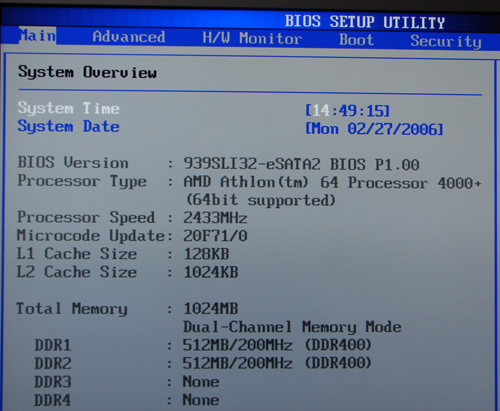
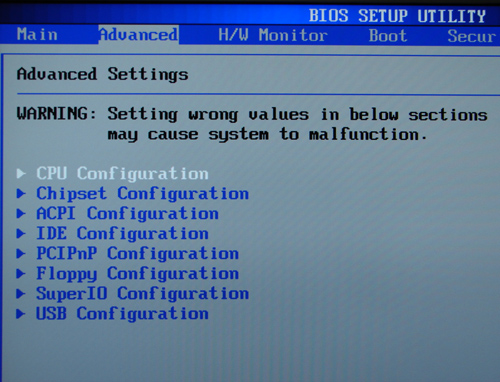
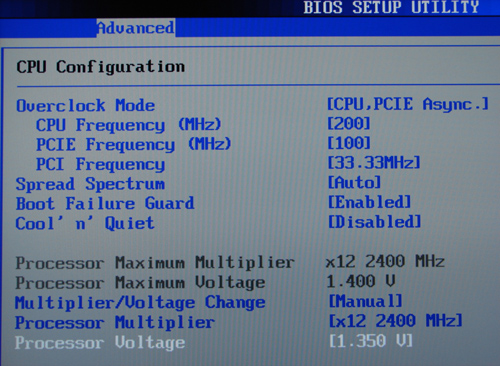
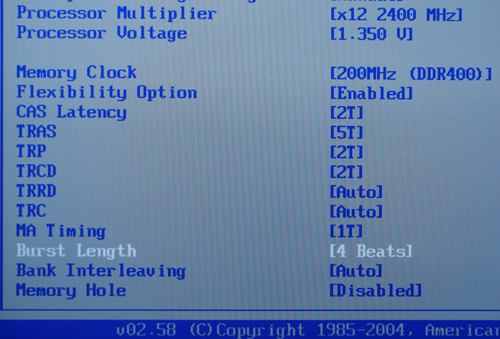
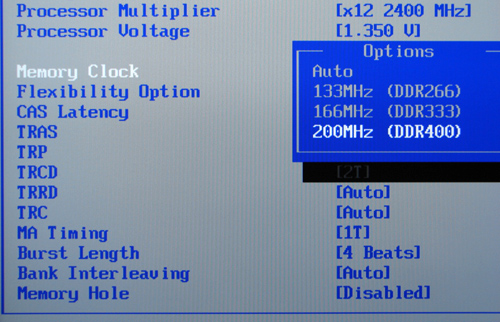
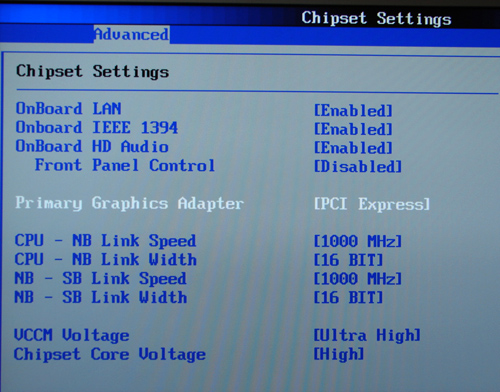










46 Comments
View All Comments
UJMA - Sunday, March 5, 2006 - link
I see, I'm still interested to see how this Epox board overclocks, I look forward to the Anantech review. If its priced similar to the Asrock Sli but with better voltage options I will get one despite it being x8 x8 ... thanks for the info.UJMA - Saturday, March 4, 2006 - link
fantastic!!! I rate Epox boards highly, I'm waiting for that particular board to make an appearance in the UK ... I look forward to your results!Redrider - Saturday, March 4, 2006 - link
I am looking to build a system for my 15 year old son who does video editing as his system stressing function, not gaming. We do video editing on my own aging but still quite nice FIC AU13max, Athlon2500+, All-in-Wonder 9700pro, 1GB (2x 512)PC2700, system that I built 3 years ago (my only other previous build). I want to build a system that will be good for video editing primarily but provide for gaming should his gaming interest change from his Playstation2 to his PC. I would build my own system and pass my old system down to him like I did last time, but really like the DVR/home theater I have set up with my TV, JVC 9010VBK receiver, and AIW AGP card.Anyway, things sure have changed since my last build! I could use a bit of guidance. I am considering this board and would like advice on the least expensive (as a baseline, I will work my way up from there budgetarily) CPU, memory, video card, etcetera that would serve the aforementioned needs.
To add a bit of complexity to my question (I hope this off topic diversion is ok) I had been considering a DFI LP UT NF4 Ultra-D mainly for the future potential if he gets into overclocking and such as well as the cool factor with a uv lighted case. Some reviews gave this poor marks for stability at the default settings which sent me looking elsewhere like here. Does the X2 support of the ASRock 939SLI32 warrant going with a dual core and this board for multitasking capability?
Thanks for your assistance.
dab - Saturday, March 4, 2006 - link
my $.02I just RMA'd a defective Ultra-D. The power requirements are very high, as it is capable of severely overvolting your hardware. It is also a very advanced board and may be difficult to use in many situations. Read at dfi-street.com before purchasing system components if you're serious about this avenue.
Perhaps he would be better off with a less demanding, more user friendly board like the Asrock board or an Asus offering.
Redrider - Saturday, March 4, 2006 - link
Thanks for the heads up. I was a bit apprehensive about the reviews referencing compatibility issues on the DFI. This ASRock seems interesting. Asus seems like people either love'm or hate'm. I tend away from mainstream as evidenced by my FIC Mobo which appears to be one of the last of the line. I guess I'll keep on looking to see what I come up with.If I go with the ASRock any component suggestions? Any other specific components that I should avoid?
Live - Friday, March 3, 2006 - link
Great to see the new way of presenting the gaming benchmarks. The "min" numbers are especially useful. Nice and easy to understand as well. Keep up the good work! I hope you will continue to use this in all your gaming benches. With the reports/speculation of Nvidias next high end offering being close to ATIs X1900XTX in the sense that it will beat it in some and loose in others this extra info might be the decisive factor.Missing Ghost - Thursday, March 2, 2006 - link
I don't like it. The layout is not very good. The chipset heatsinks look crappy. It seems like the southbridge heatsink is too high and will be in the way of expansion cards. And why a 20 pin power connector? I want 24 pins, especially because this board supports sli. I think I can find better for this price, but maybe that's because I don't care about 16x pcie slots.kelim - Thursday, March 2, 2006 - link
Can anyone confirm what (if any) Zalman HSFs are compatible with this motherboard?Gary Key - Friday, March 3, 2006 - link
Zalman CNPS-9500 - YesZalman CNPS-7700 - No
Zalman CNPS-7000 - I do not have this item but looking at the measurements it would be extremely close, taking the measurements off the 7700 unit in place it might fit but just as easily might not.
kelim - Saturday, March 4, 2006 - link
Thank you good sir. The 9500 is what I'll be coupling with this baby.